
A team of astronomers working with the James Webb Space Telescope (JWST) has detected six new ‘rogue planets,’ a discovery that could help us learn more about how stars and planets form.

A persistent, nagging problem with the expansion speed of the Universe may not require a rewrite of everything we know about physics.

Using JWST, astronomers have discovered a new exoplanet; a gas giant they've named Eps Ind Ab.
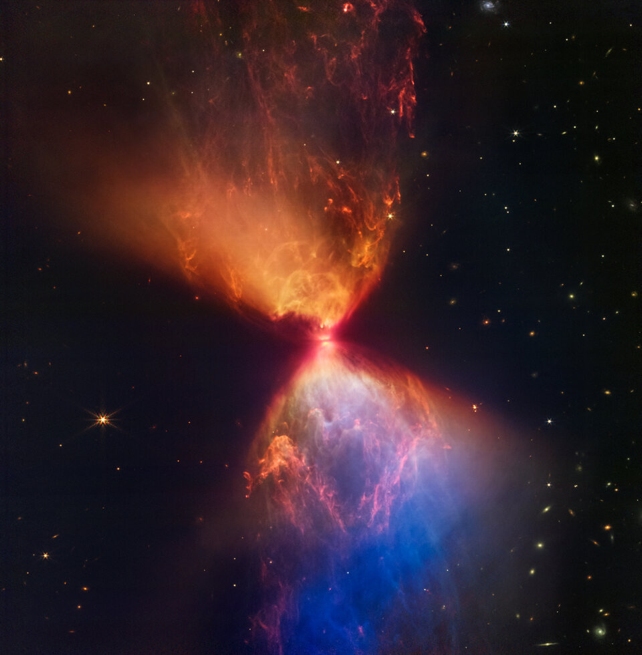
james Webb Space Telescope continues to revolutionise astronomy - it now shows the birth of a star. The star is named L1527, and at this young age, it's still ensconced in the molecular cloud that spawned it.
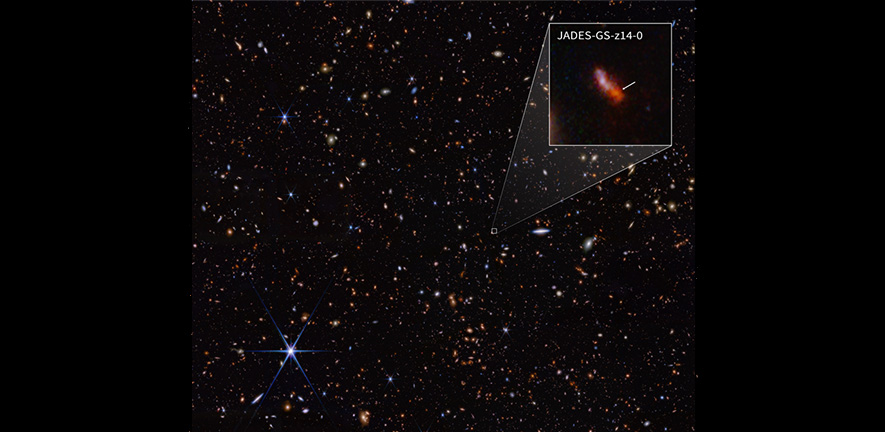
The two earliest and most distant galaxies yet confirmed, dating back to only 300 million years after the Big Bang, have been discovered using NASA's James Webb Space Telescope.
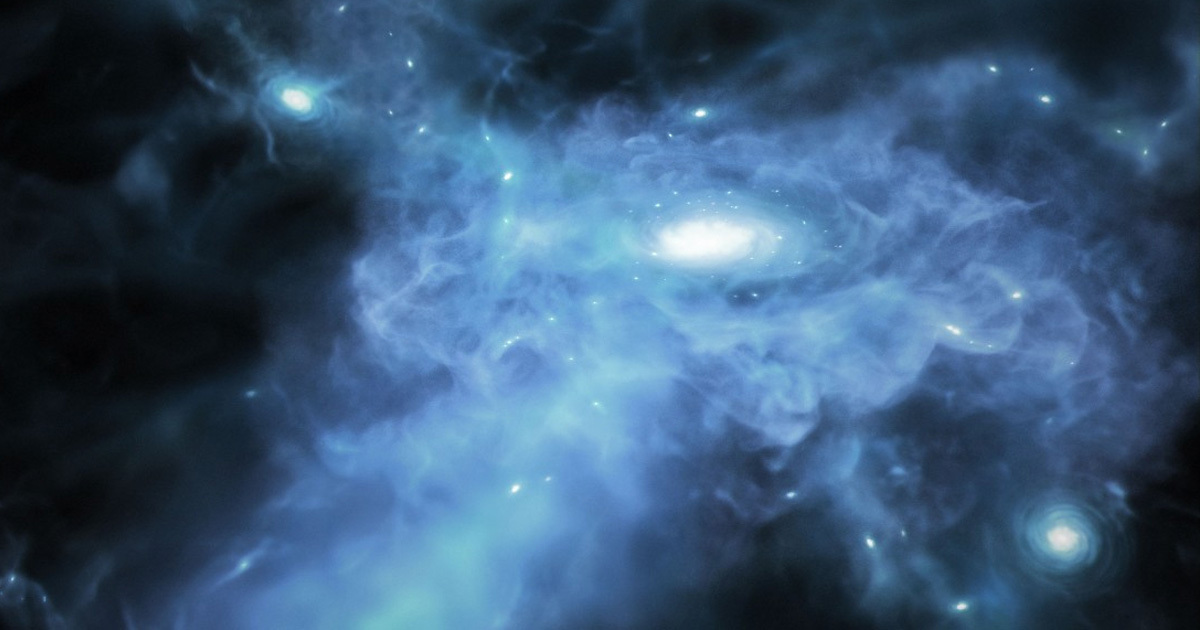
Using the James Webb Space Telescope, researchers observed the birth of some of the youngest galaxies ever witnessed.
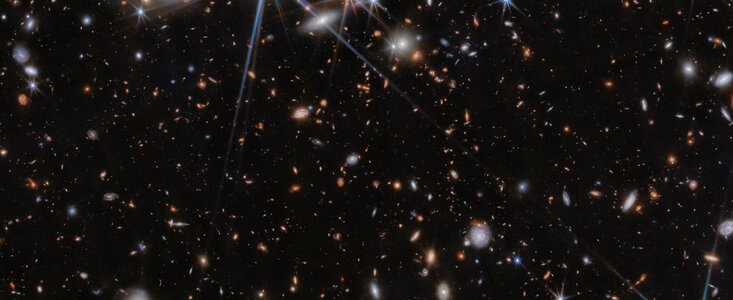
An international team of astronomers have used the NASA/ESA/CSA James Webb Space Telescope to find evidence for an ongoing merger of two galaxies and their massive black holes when the Universe was only 740 million years old.
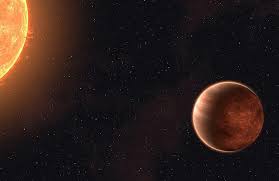
Using the James Webb Space Telescope (JWST), a team of astronomers, including scientists from MPIA, constructed a global temperature map of the hot, gas giant exoplanet WASP-43b.

NASA's new space telescope spotted a 13 billion-year-old galaxy that is much too complex to exist that early in the Universe.

The gigantic galaxies we see in the Universe today, including our own Milky Way galaxy, started out far smaller.

The beginning of the Universe has always been something of a chicken-and-egg problem. Did stars and galaxies form first, with black holes slowly coalescing in their midst? Or did black holes appear before the first galaxies?

If confirmed, these would be the first directly-imaged planets that are similar to the giant planets in our own Solar System, and they would demonstrate that widely separated giant planets like Jupiter survive stellar evolution.

It’s oh-so-easy to be absolutely mesmerized by these spiral galaxies. Follow their clearly defined arms, which are brimming with stars, to their centers, where there may be old star clusters and – sometimes – active supermassive black holes.

An international team of astronomers has detected for the first time H-alpha emission in individual galaxies during the so-called Epoch of Reionization, or cosmic dawn.

Astronomers using the James Webb Space Telescope (JWST) have detected the earliest known black hole. Located more than 13 billion light-years away, it dates to a mere 400 million years after the Big Bang.